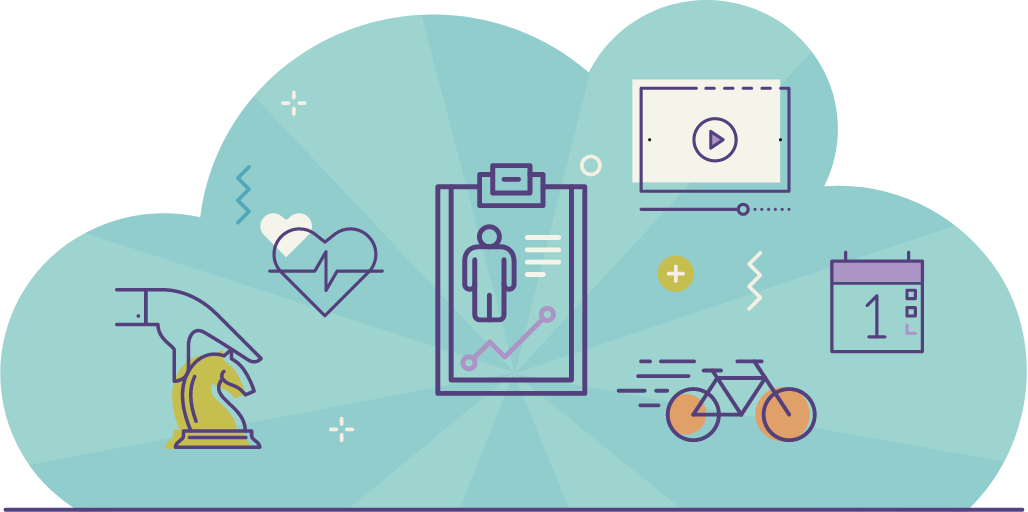Reading the Lean Startup by Eric Ries in the very early stages of starting SuperWellness Ltd was a real eye opener for me. As a recently qualified nutritionist I’d been working for weeks on end to create an online healthy eating programme. I’d written and recorded a series of tutorials, grappled with the technological challenges of uploading them all to an e-learning system, and then waited for my new members to join… and waited. Many weeks and about 5 paying members later, I came across the book and its takeaways have stayed with me ever since:
- Whatever you might think people want, the chances are that the reality will look different. Even when you ask people, they might not even know what they want. The truth is only revealed through action or inaction.
- You’ll save a lot of time, energy and money by testing your ideas as you go and building on them iteratively as you get feedback and adjust accordingly.
- Success is not about the features, it’s about learning how to solve a particular problem.
Needless to say, we’ve strived to apply these principes at SuperWellness, and although the Lean Startup focuses on business innovation, it recently struck me how relevant they are for wellbeing too:
- Engagement in wellbeing activities is the action (or inaction) that tells you what people want – far more accurately than a survey. If employees are not engaging with health promotion initiatives, could there be deeper issues that need addressing first?
- Planning for the year ahead is always recommended, however be prepared to revise and adjust the plan as you go (the famous plan – do – check – act model)
- Start by getting absolute clarity on the problem(s) you’re looking to solve with wellbeing
We believe so strongly in these principles that they are baked into the new ‘building blocks’ approach we introduced this year to help our clients manage the complexity of designing and implementing wellbeing programmes.
This approach allows you to build an effective programme iteratively by selecting key areas of focus across three strands: Shape, Embed and Reach.
 If you’d like to hear more about our building blocks approach, and explore how you can design and implement your wellbeing programme following these principles, why not join our upcoming free wellbeing planning webinar?
If you’d like to hear more about our building blocks approach, and explore how you can design and implement your wellbeing programme following these principles, why not join our upcoming free wellbeing planning webinar?





















